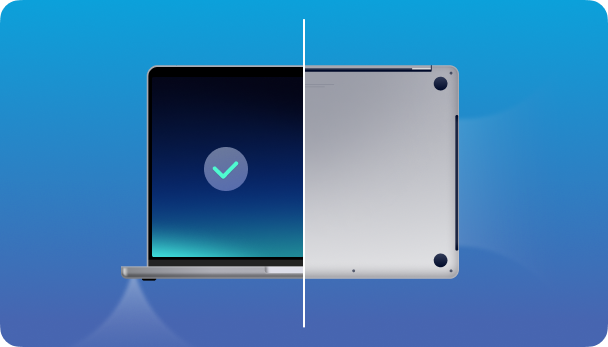Is your iMac running hotter than usual? Overheating can be a significant issue, impacting performance and potentially damaging your computer. For Australian users, here’s a comprehensive guide on how to address iMac overheating issues effectively.
Understanding the Causes of iMac Overheating
Before jumping into solutions, it’s crucial to understand why your iMac might be overheating. Common causes include:
- Dust and Debris: Accumulation of dust can block ventilation and cause overheating.
- Intensive Applications: Running high-performance software or multiple applications can stress the system.
- Environmental Factors: High ambient temperatures and poor airflow can contribute to overheating.
- Hardware Issues: Faulty or aging hardware components may not function optimally.
Proven Solutions to Fix Mac Overheating
1. Clean Your iMac
Dust and debris can obstruct airflow and cause your iMac to overheat. Regularly clean the vents and interior components. Use a can of compressed air to blow out dust from the vents and fans. Be cautious and consider professional help if you’re unsure about opening your iMac.
2. Optimize Software Performance
High CPU usage from software can lead to overheating. Check your Activity Monitor for resource-hogging applications. Close or uninstall any unnecessary apps, especially those running in the background. Consider upgrading your software to the latest version, which may include performance improvements and bug fixes.
3. Improve Airflow
Ensure your iMac is placed in a well-ventilated area. Avoid placing it near walls or in enclosed spaces. Using a cooling pad can help improve airflow and reduce the risk of overheating.
4. Check and Replace the thermal paste.
Thermal paste helps transfer heat from the CPU to the heat sink. Over time, it can degrade and become less effective. If you’re comfortable with hardware repairs, consider reapplying thermal paste. This can significantly reduce overheating issues.
5. Monitor Environmental Conditions
High ambient temperatures can contribute to overheating. Make sure your workspace is cool and well-ventilated. Using an air conditioner or fan can help maintain a stable temperature around your iMac.
6. Update macOS
Apple regularly releases updates that can fix bugs and improve system performance. Ensure your macOS is up-to-date to benefit from the latest enhancements and fixes.
7. Seek Professional Help
If these steps don’t resolve the overheating issue, it might be time to consult with a professional technician. There could be underlying hardware issues that require expert diagnosis and repair.
Conclusion
Resolving iMac overheating issues involves a combination of cleaning, optimizing software, improving airflow, and monitoring environmental conditions. For Australian users experiencing persistent problems, professional assistance might be necessary to ensure your iMac runs smoothly. Implement these solutions to keep your iMac cool and performing at its best.




